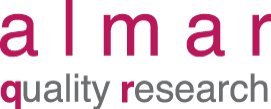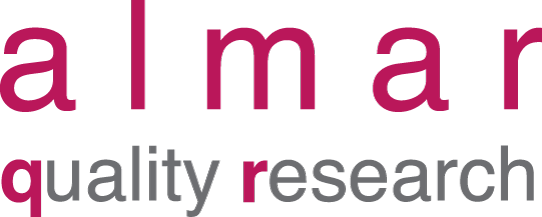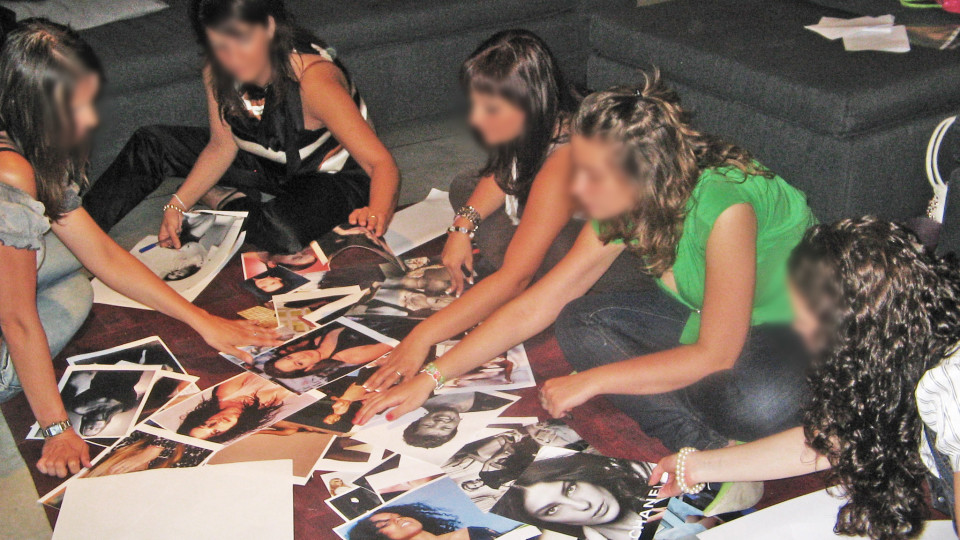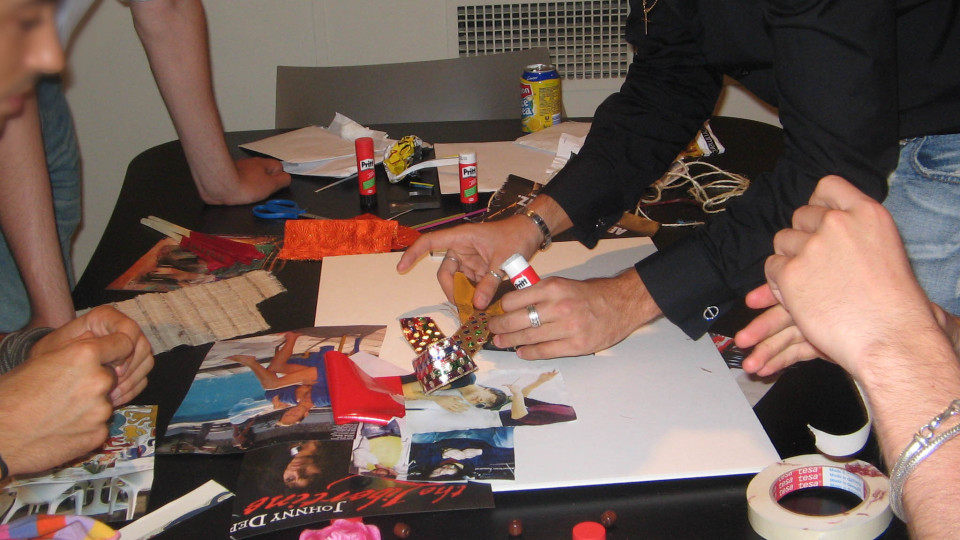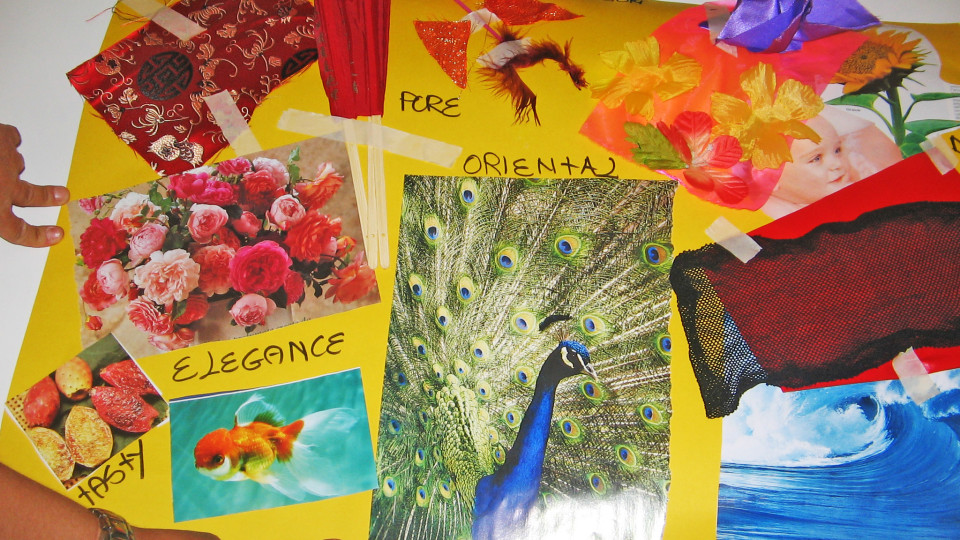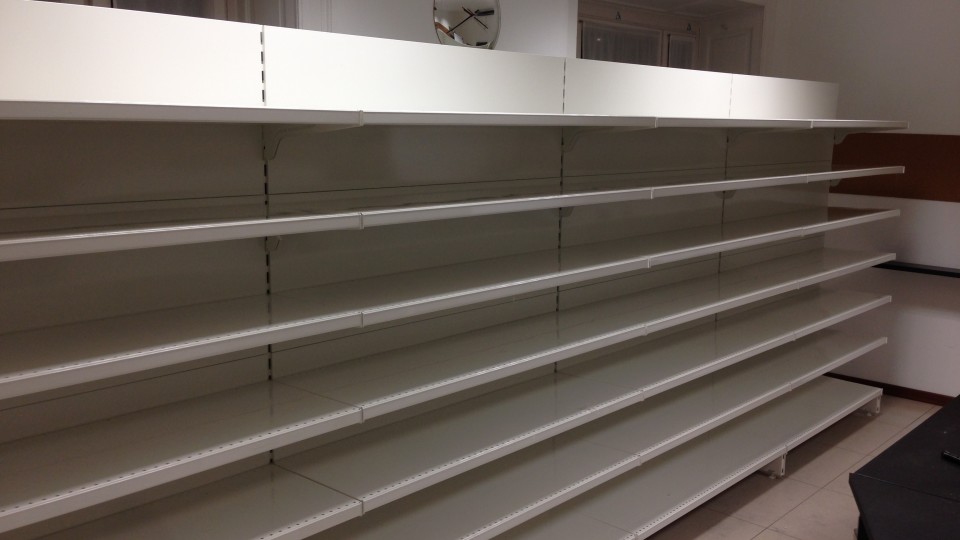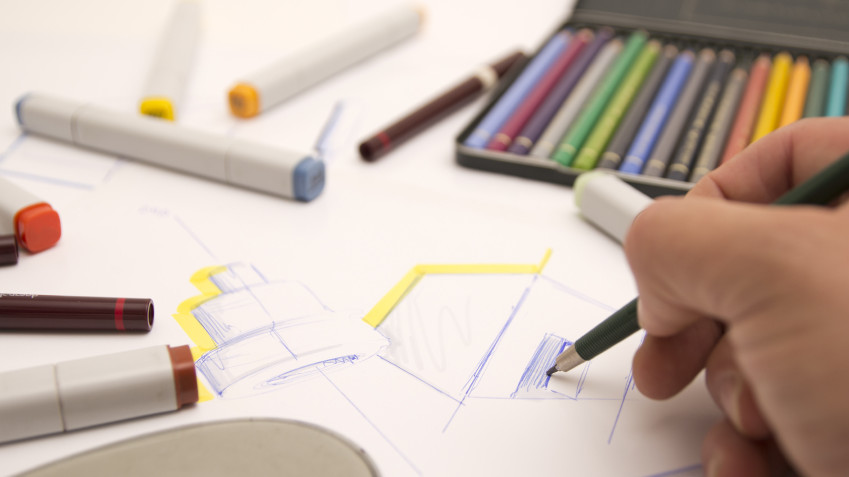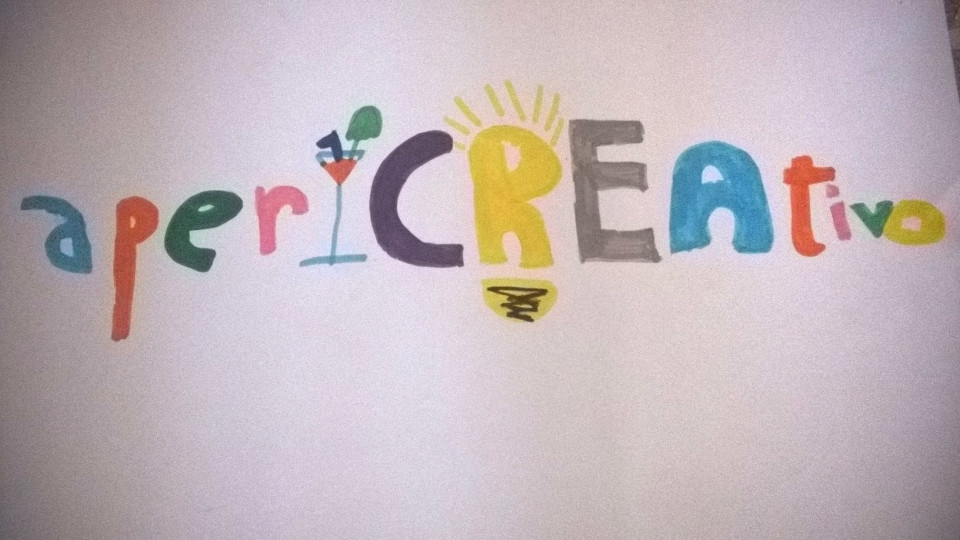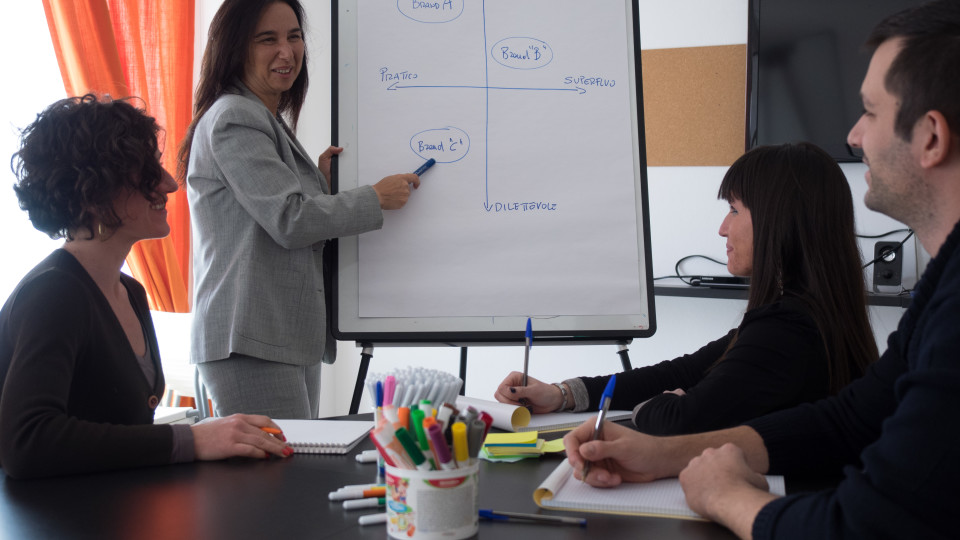Description
The phase of the collection of information can be done in a studio with one-way mirror (to allow companies to observe their current or potential customers), on the street, in places attended by consumers, and so on. This phase can last from one day to several days, depending on the type of targets, research objectives and approach used.
Collaborators
To guarantee a high level of quality when gathering information, analyzing data and preparing reports on findings, almar quality research works with:
- psychologists
- qualified interviewers, with expertise in specific sectors of research
- professional simultaneous translators
- graphologists
- business trainers
- graphics and interior designers
- ergonomists
Traditional Methodologies
To reach each survey’s specific objectives at almar quality research we use methodologies ranging from the most traditional such as:
- focus groups (from 1 to 6 hours in length)
- individual interviews, pair interviews, triads
applicable to the majority of research,
to the most innovative.
Innovative Methodologies
Devised and tailored methodologies to match the Client’s specific objectives
1. Objective – To gain in-depth knowledge of the consumers:
Respondents are asked to do some ‘homework’ before participating in interviews/groups, as an initial way of focusing on the research topic while also obtaining more detailed information about each individual respondent.
These are opportunities for ‘immersion’ in consumers’ lives, to get to know them up-close and in-depth.
Like an anthropologist, the researcher meets consumers in their own ‘habitat’, i.e. at home, in the stores where they most often shop, in places where they most frequently spend time socializing (‘happy hours’, pubs, etc.), but also on the move (for instance, driving around town with interviewers as passengers in a respondent’s car, to fully grasp their relationship with their vehicle).
The client may participate in these encounters, if needed, he can be accompanied by a simultaneous translator.
A ‘virtual’ encounter involving 10, 20 or 30 participants, from 30 minutes in length to up to one hour a day for 3 – 10 days, depending on the research objectives. Applying this approach on the almar quality research platform, new concepts or advertising messages can be tested.
Working online it is possible to reach difficult targets: for example, consumers living in rural parts of Italy, individuals unable to participate face-to-face, such as new mums, patients with mobility problems etc.
These group discussions can last as long as a whole day. The participants talk about their lives, their tastes, what they like, hate, listen to, read etc. They may contribute their own PowerPoint presentations or personal videos with content that describes their world, their homes and friends.
2. Objective – to develop new ideas for products/packaging/services, to launch new activities/businesses/start-ups, etc.:
During some brainstorming sessions or creative workshops with the presence of the Client, the moderator uses a ‘visualizer’, a graphic designer that can offer participants an immediate picture of how the idea they have been thinking about might look. It is a method that works particularly well with kids, better able to express their thoughts through images.
Group sessions/individual interviews conducted in homes and/or in locations during which the client is able to interact with both consumer and moderator, with breaks to allow client and moderator to come up with new ideas based on the consumer’s current needs. The work is carried out as a team: Moderator –Consumer – Client.
Formal or informal group meetings during which the potential and feasibility of new ideas for start-ups are analyzed. Generally they take the form of brainstorming sessions with the participation of experts from the intended area of activity.
Attention is focused on the strengths and weaknesses, opportunities and risks of a new entrepreneurial idea.
Study of the color, text, positioning, and so on codes, through the simulation of a supermarket shelf where current, new packs are displayed to be compared with the ones of the competition.
3. Objective – to assess the image of brand and products among consumers and also among the client’s own sales force and workforce:
Interviews carried out in a client company’s point-of-sale with potential buyers (who have already also gathered competitor information about a product/service of the type they are thinking of purchasing); the objective of the interview is to assess how the client’s product is presented, in terms of both store layout and description of the item provided by the salesperson.
Analysis of the company through individual interviews or group discussion with employees working inside the company, from secretaries to top managers.
There is the possibility of organizing business training sessions after analyzing the data gathered.
Usage of a specific tool to assess various elements regarding the point-of-sale and salesperson, made by a professional interviewer acting out the role of potential buyer.
Areas deeply analyzed from both rational and emotional points of view include:
- Point-of-sale: ease of access, visibility from the exterior, signage, windows, interior decor and layout, product arrangement, colour scheme; the mystery shopper’s impressions and feelings while still outside the store, and once inside it.
- Relationship with the salesperson: welcoming approach to the potential customer, sales arguments, negotiation and price proposition; impressions and feelings at various moments in the salesperson/prospective customer interaction.
There is the option of organizing business training sessions after analyzing the data gathered.
Location
Fieldwork is conducted in the most suitable locations for the specific type of research:
- the traditional central locations with a one-way mirror for focus groups and IDIs, or
- a loft or showroom for creative groups, where an essentially open space is an ideal choice to encourage the free flow of ideas
- a neighbourhood café or popular eatery, or even inside the owner’s car, going around the city!
Other Objectives
Other objectives that clients ask almar quality research to address are…
- Consumer segmentation
- Definition of potential targets, for a specific product or service
- Market analysis and positioning definition for a brand and/or product
- Evaluation of advertising on TV channels, on the web or in the print media
The 3 phases of Qualitative Research
1. Recruitment
The phase of the accurate identification, through expert recruiters, of those consumers who can perfectly represent the target of investigation.
Read More2. Fieldwork
The phase of the collection of information through ad hoc methodologies created for the specific project.
Read More3. Analysis of Results
The phase of the analysis and the processing of the information collected, which will include all the information to allow a strategic action in the market.
Read More

